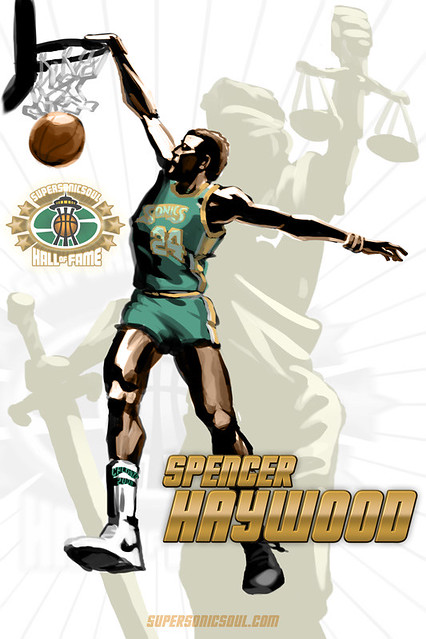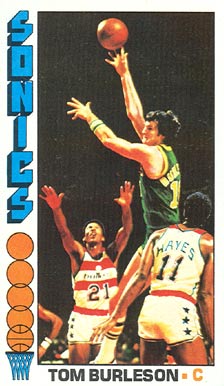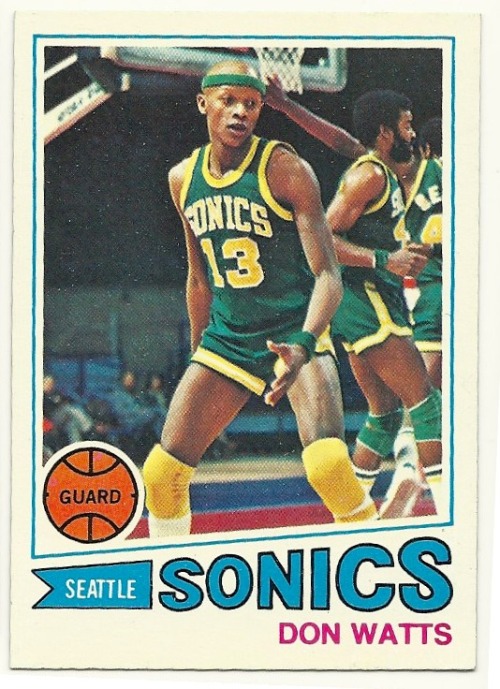Got ya!
Actually, it's another in our series on This Date in Sonic History, and this time we're going back to 1988, an innocent time when million-dollar salaries were crazy talk, and tens of millions of dollars were plenty when you were talking arena construction.
And so it was on Monday, February 29, 1988 when the Seattle City Council approved a 30-year agreement with the Sonics for the construction of a new arena located a few blocks south of the Kingdome. The pact called for the city to contribute $1 million a year in admission taxes to go towards paying off the construction debt of the $45(!) million arena. The deal was contingent on the Sonics sticking around for all 30 of those years. At the time, the hope was that the arena would be ready for the 1991-92 season.
According to the UPI, the deal had been held up for a period of time due to some councilors' objection to the level of municipal involvement in the otherwise private project and because of the impact the new arena would have on the Coliseum (sound familiar, gang?), but that rancor was subdued when the terms were adjusted to be more favorable to the city should the Coliseum be forced to close its doors.
The arena, which was to hold between 18,000 and 19,000 fans (various reports had it pegged at various numbers), was, of course, never built, but the what ifs will ring in perpetuity. Ackerley claimed he would honor the 30-year agreement, and it's possible that he would have honored that promise, meaning the team would only now be looking at renovating the facility. Of course, America's cemeteries are full of dead arenas (Charlotte, Orlando, Cleveland, etc.) that were built in Bush the Elder's presidency, only to be rendered obsolete by the time his son took office. Is that what would have happened in Seattle, too?
Impossible to say, but worth thinking about on another cold winter day in Seattle.


















